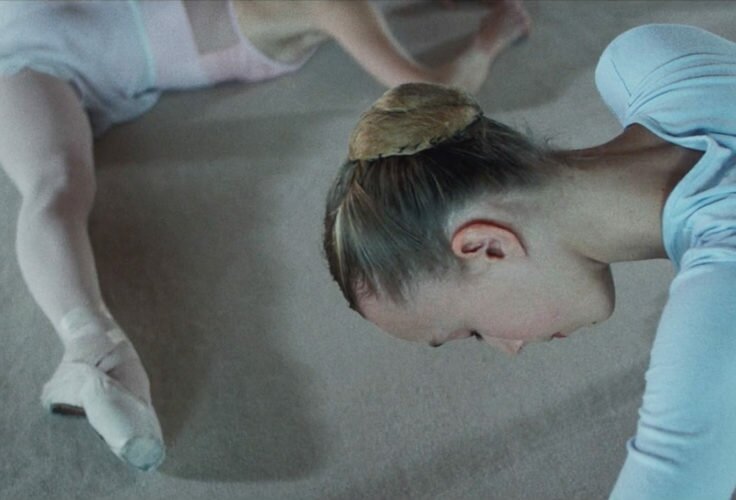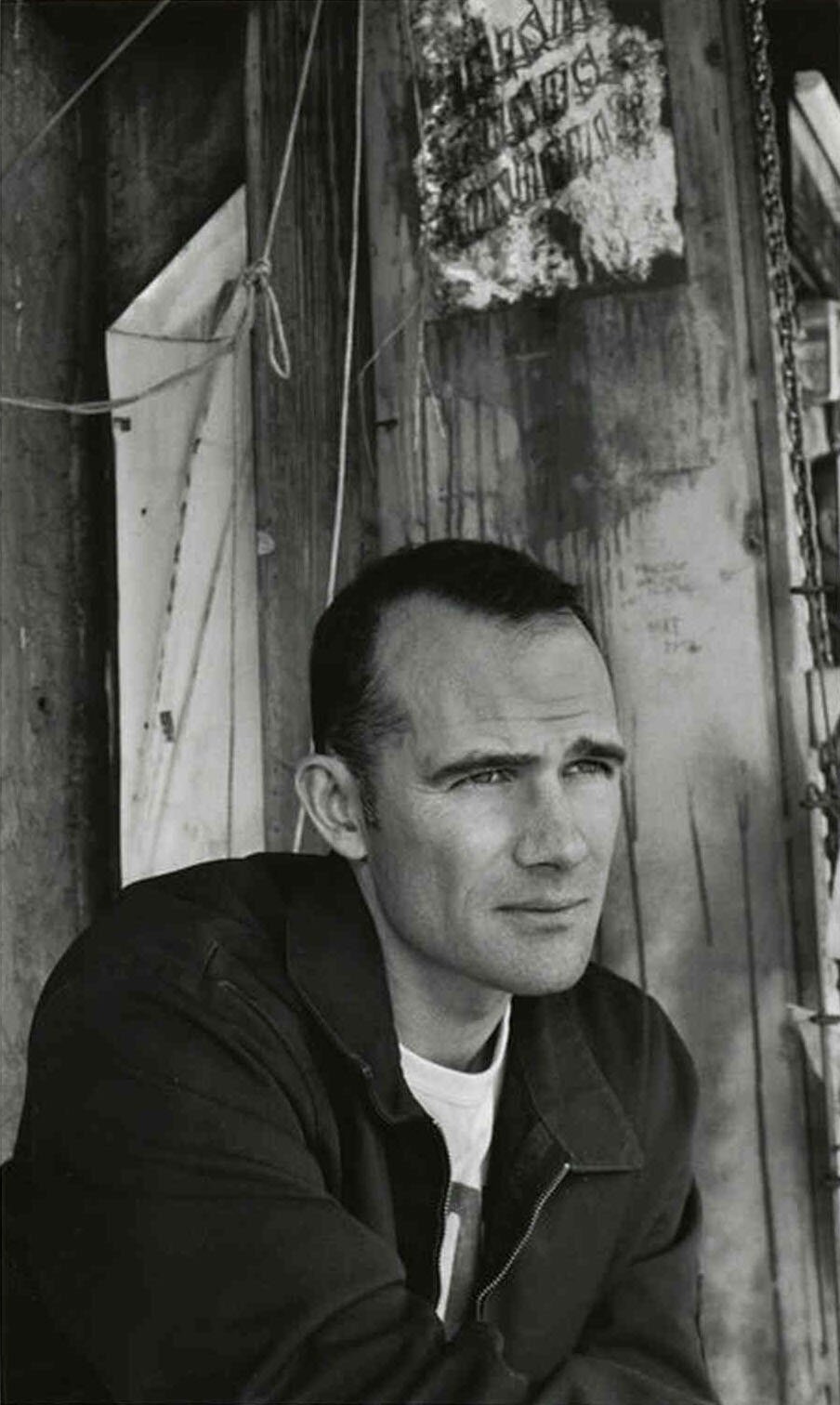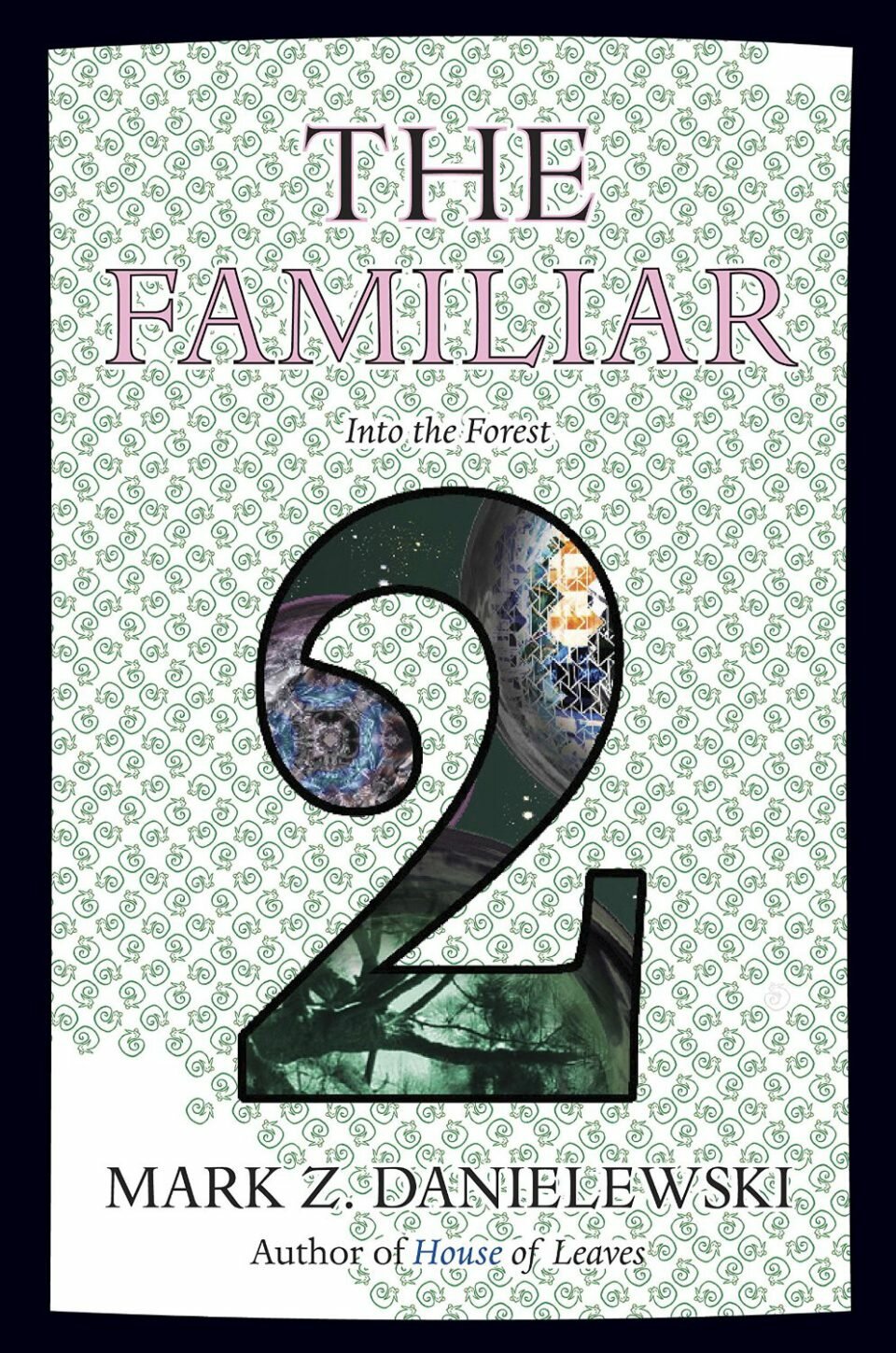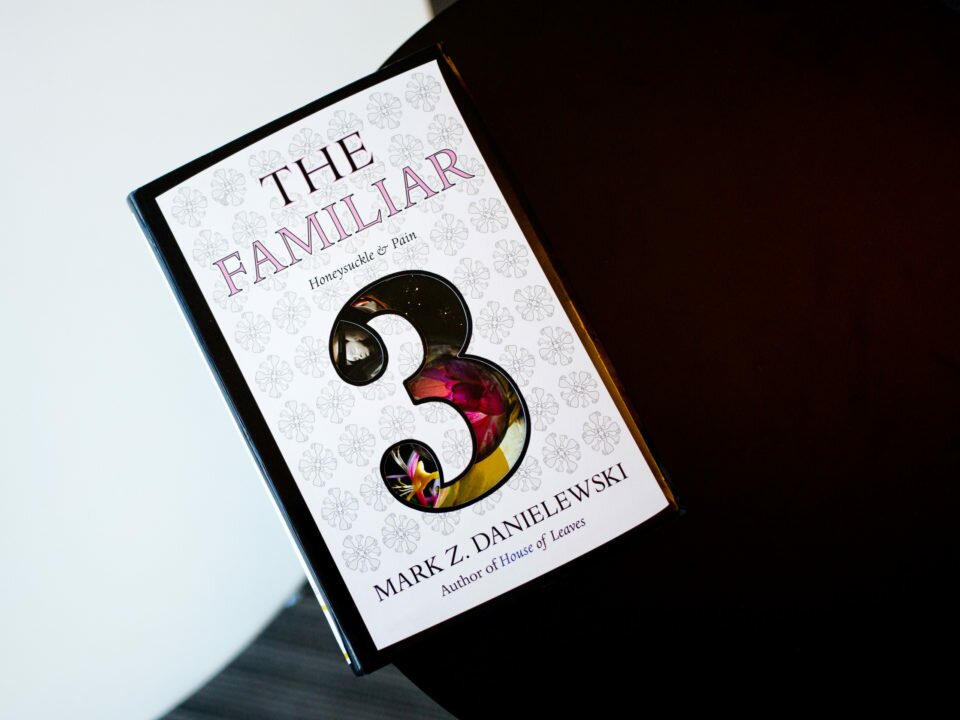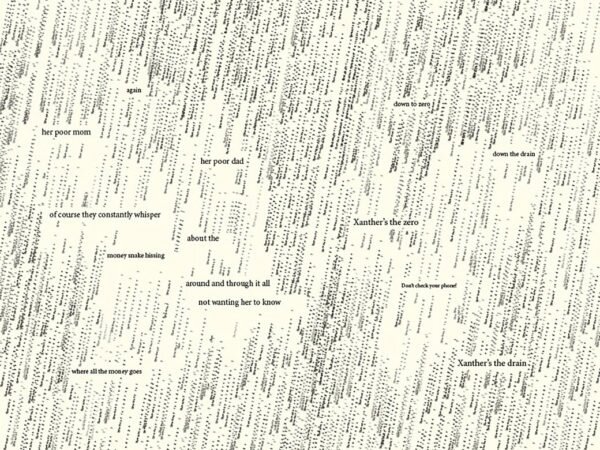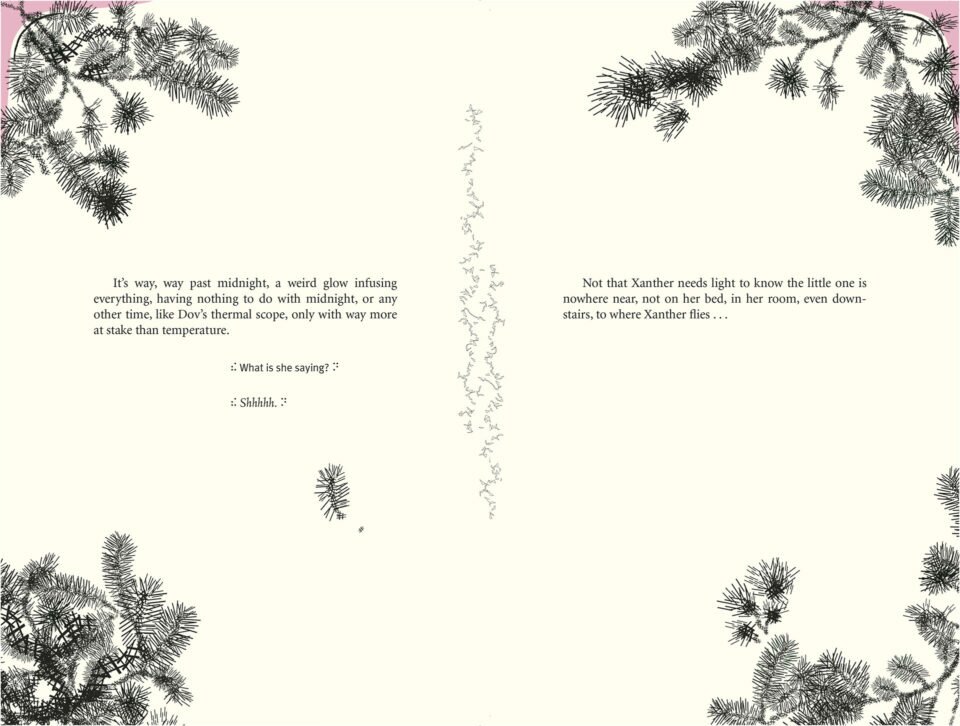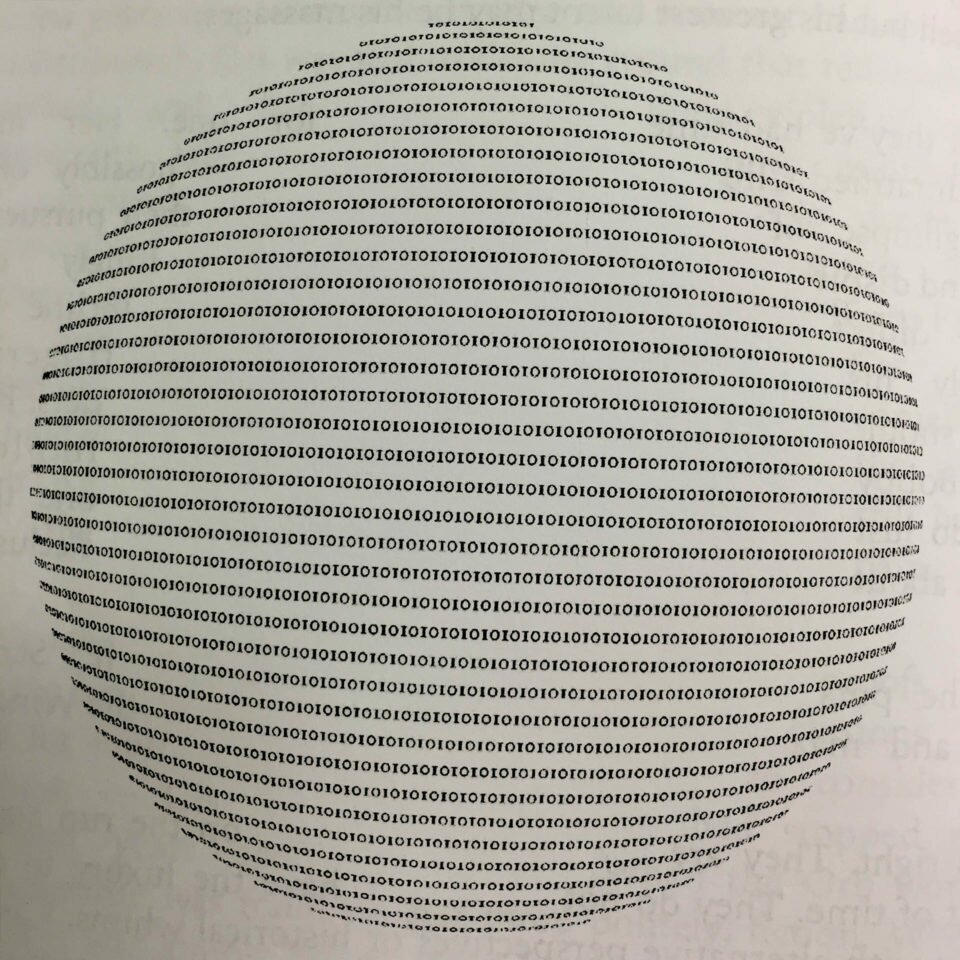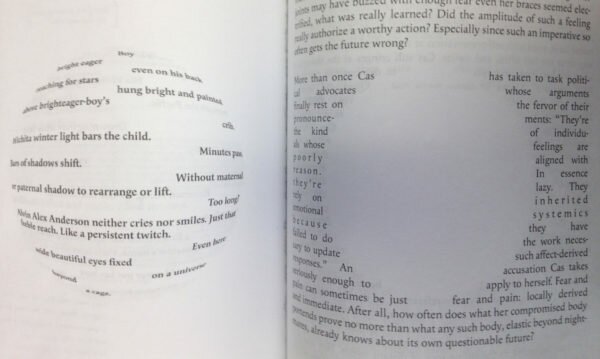Nicolas Winding Refn’s The Neon Demon is a controversial film: you either love it or hate it. Javier Calvo reads it like a fairies and witches tale and… Loves it!
Javier Calvo interviews
Mark Z. Danielewski
Building familiarity
There is no writer in America that resembles Mark Z. Danielewski even remotely. His books are disturbing Freudian fairy-tales, monumental and intimate at the same time, discordantly polyphonic, populated by wise children and lost parents, soldiers and storytellers, magical weapons, sentient houses and familiar spirits. Their words interweave on the page with paintings and knitting and calligrams, creating painfully beautiful objects, almost like printed sculptures. They’re also Literature in High Capitals, contemporary counterparts of Bouvard et Pécuchet, Mallarmé and Joyce, heirs to the almost mystical hubris of High Modernism, almost too ambitious for their own good and rabidly opposed to the weightlessness of our times.
Known for its sheer size (twenty-seven volumes and almost twenty thousand pages), The Familiar is the fourth, and possibly last, novel by Danielewski. According to plan, the project –at one eight hundred-page volume every six months– will keep him occupied for thirteen years. It’s not only his best book since his acclaimed opera prima, House of Leaves; it’s even better, and also more accessible. Conceived as the book version of a long-running TV show, its first three volumes tell the tale of a smart, fragile and epileptic little girl who finds a cat that may or may not be magical. Their encounter sets off a chain reaction that starts with her immediate family and will probably reach almost every corner of the world.
I caught up with Danielewski in Manhattan, at the very end of his tour for The Familiar, Volume 3: Honeysuckle & Pain. His reading in The Strand’s Rare Book Room brought him before a huge crowd of young and impossibly hip fans that had him signing books for more than two hours. Before that, the author read from two stunning chapters of his new book: Hyperion and The Animal Kingdom, the former an initiatory descent to a waste treatment plant full of mythical undertones, and the latter a portrait of Xanther, the child-protagonist of The Familiar, entering a cage of wolves and showing us more of her saint-like magical behaviour.
The next day, in his West Village hotel, Danielewski was kind enough to answer a few questions regarding The Familiar, his working method, the precariousness of such a project in today’s literary market, and also his idea of familiarity as compassion: the force that holds this colossal book together and the bond that can help us overcome the strife of our times.
Q: Last night at The Strand, you described yourself not as the author of The Familiar, or its sole author, but as the ‘organiser’ of a team of artists and contributors that are making this gigantic project possible. Could you elaborate on this?
A: Yes. In order to write this twenty-seven volume novel I had to move beyond my own capabilities and knowledge. I had to rely on individuals, on technologies, on actual trips to places… And I required the help of many others, including graphic artists, computer programmers; people steeped in the language and lore of Armenia or Egypt –Upper Egypt especially– as well as artists that I encountered through platforms like Instagram, Los Angeles detectives… It’s a constant movement outside of myself and of the writer’s studio. It also requires a long-term look at, for example, the graphic narrative. We have big walls with magnetic chalkboards, where we hang up the splash pages and we look at how the colours are speaking to each other via the characters –in one volume but also across the many volumes–, what’s anticipated, what already happened… We have a dry-erase board where we look at all the things that need to be done, the smaller graphics, parts that I still need to write. We also need to follow the sheer schedule, which means that I have to finish a book like this every six to seven months. As daunting as that is, it’s also extremely satisfying because it requires of me to be patient with a whole series of personalities that aren’t always suited for a writer. Also, the more people are working on it, including grad students, researchers, etc., the more they begin to internalize –like I have in the last ten years– the rhythm of this project. So I’ll suddenly get an email or text saying: “did you know this”, or pointing out how this little part or history connects to the world of Anwar or the world of Astair or Xanther. There is now a deeper understanding of the project; it’s starting to generate its own kind of content.
Q: How many people are involved in the project?
A: Well, the Atelier Z itself [the group of artists that work with MZD in producing his books since The 50 Year Sword] is never more that two to five people; these are the core of people who are constantly working, who put an absurd amount of energy and love into it. And then if you check the back of any volume, you’ll see that there’s easily two dozen people that are involved, all over the world, in Turkey, in Spain, in France, in various places. So it’s a global effort, where I frequently Skype with individuals, I go over the visuals or whatever they’re doing.
Q: You have mentioned in different places that The Familiar is a project that, due to its size, depends for its survival on the audience’s feedback and positive response. You even suggested that it could be cancelled if it didn’t obtain that response. At this point in time (one month after the publication of Volume 3), how is the project faring and what are your feelings about it?
A: As you know, The Familiar is conceived around the notion of a television series, and every five volumes is one season. House of Leaves was very much about film, Only Revolutions was about music, The 50 Year Sword was about the campfire story; and The Familiar is about the television show, these long-form novels. So each season is five volumes long, and like many television shows it could be cancelled after the first season or the second, we don’t know. But one thing that I experienced in the last year (remember we’re on volume 3 and volume 1 came out in May 2015) is that the first book was daunting; a lot of people didn’t know what to make of it. There didn’t seem to be any classical notion of story. There were all these different voices and this kind of graphic technology that organised the information within the book. All of it was foreign, or at least strange. Volume 2 came along and then there was more familiarity. Volume 3 came out on June 14th, and it’s now June 29th. I can’t tell you how many people I met on tour that had already read Book 3. It’s an eight hundred and eighty page book. Now you and I know that it’s really about two hundred and fifty pages of standard, whatever, three hundred to five hundred words per page, but the point is: now they know how to read it, and they read it very quickly, and they can’t wait for number 4. So based on that, I think it’s doing very well. I’m very positive about what’s going to happen with the end of Season 1. Volume 3, like any kind of midway point of any season, is always the hardest, the midway mark. But now 4 begins to land a lot of the story arcs, and 5 I actually can’t wait to start writing, because it offers some conclusion there. And I think Season 1 will do very well. Both my publisher and me are positive that we will continue after that, but we already see a kind of growing experience: people who had bought 3 now are buying 1 and 2 for their friends. And that’s something that takes a while to build, but it’s pretty exciting.
Q: Would you describe the role that childhood, family and the rites of the different stages of life have in your fiction? It seems to me at this point that these are your core themes.
A: Well it seems to me that in House of Leaves you had a very obvious paternal figure, the missing figure, Zampano, who was the father in many ways to Johnny Truant. And there was the mother, who was mad in her attic but full of vernacular love. And this whole estrangement between the son and his two parents was one very obvious and important dynamic. In Only Revolutions you have two kids that are running away from parents completely, they want to get outside of every structure, they don’t want to be a part of any home or any family; these words are not even part of that story. In The 50 Year Sword you begin to see this kind of dance between orphans who are without family but looking for family, and how they find protection in strangers. They find grace through others who are not necessarily genetically united with them.
In The Familiar, the daughter is very much the central figure. In fact, the two passages that I read last night, as much as they were about waste treatment, or division, or wolves, they were also about a girl’s relationship with a very aggressive, sort of right-wing point of view. For example, you see a very controlling, loving mother, but the daughter is beginning to re-arrange that dynamic. Or you see a man who’s scary, who can talk about making a dog swallow his vomit, but the girl looks at him straight in the eye and he has to look away. Or the mother wants to be in control of her poor child but the child walks in and sits with the wolves and doesn’t have a problem.
But the family is larger than that, as you know. It incorporates characters that are beyond the family unit and forces us to look at the entire world in a more familiar way. We have to move away from this kind of estrangement that allows for phenomena like Brexit, or Trump, you know – the ascendancy of people who prey on difference and strangeness, instead of recognising that these things are familiar. And if they’re not, the book itself is a project of familiarising people with what Arabic looks like; it’s not that scary. With what Armenian looks like; it’s not that scary.
The Familiar is about looking at these kind of cultural differences that can be representative of larger, global differences, and beginning to bring together that larger symphony, and starting to say: “we are in this world”, and not just limiting it to a human perspective, but also understanding the ecological impact. Where is the animal in all of this? Where is the forest? How do we move beyond the forest of our thoughts to actually the forests that keep this vibrant planet alive?






